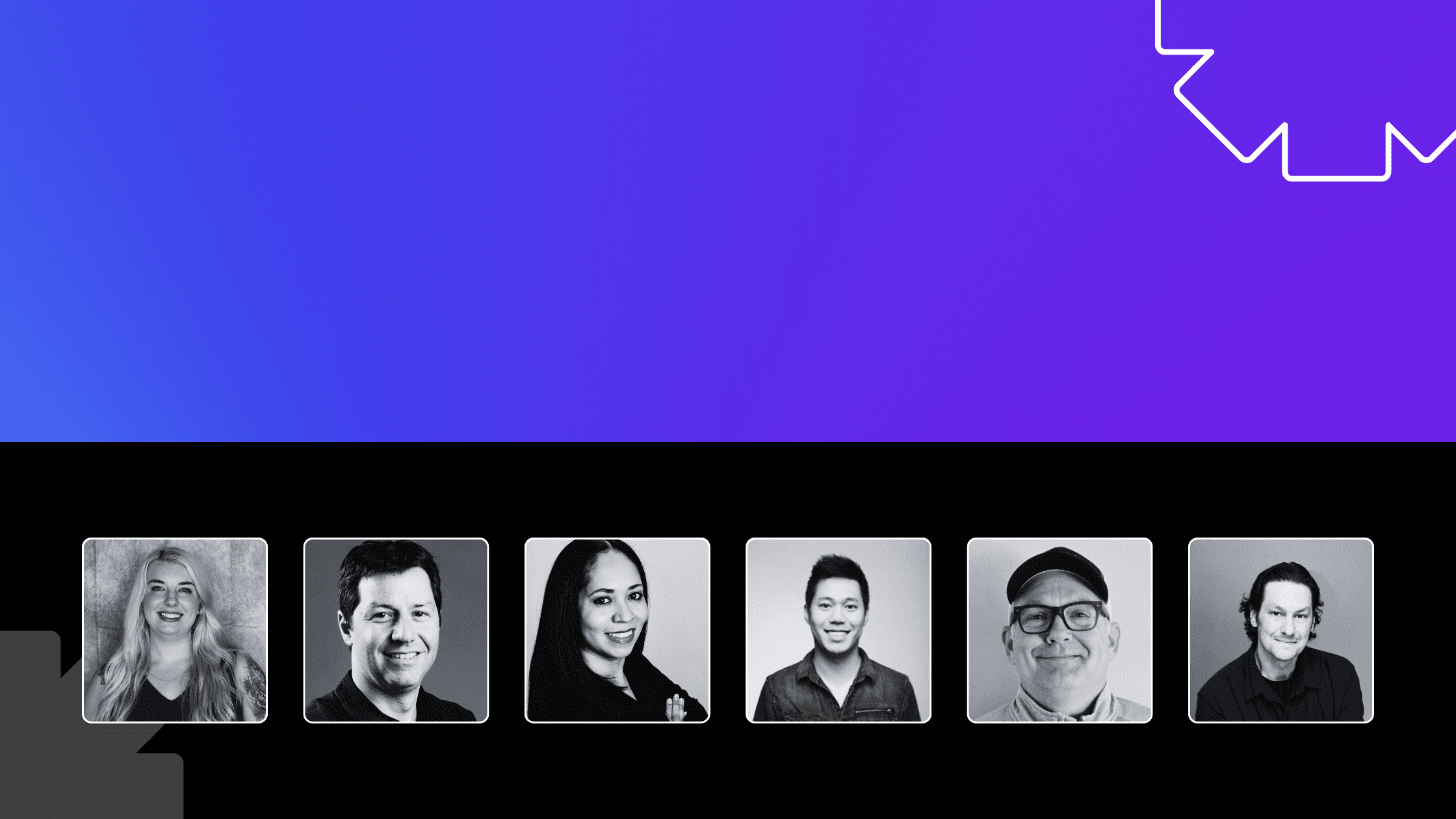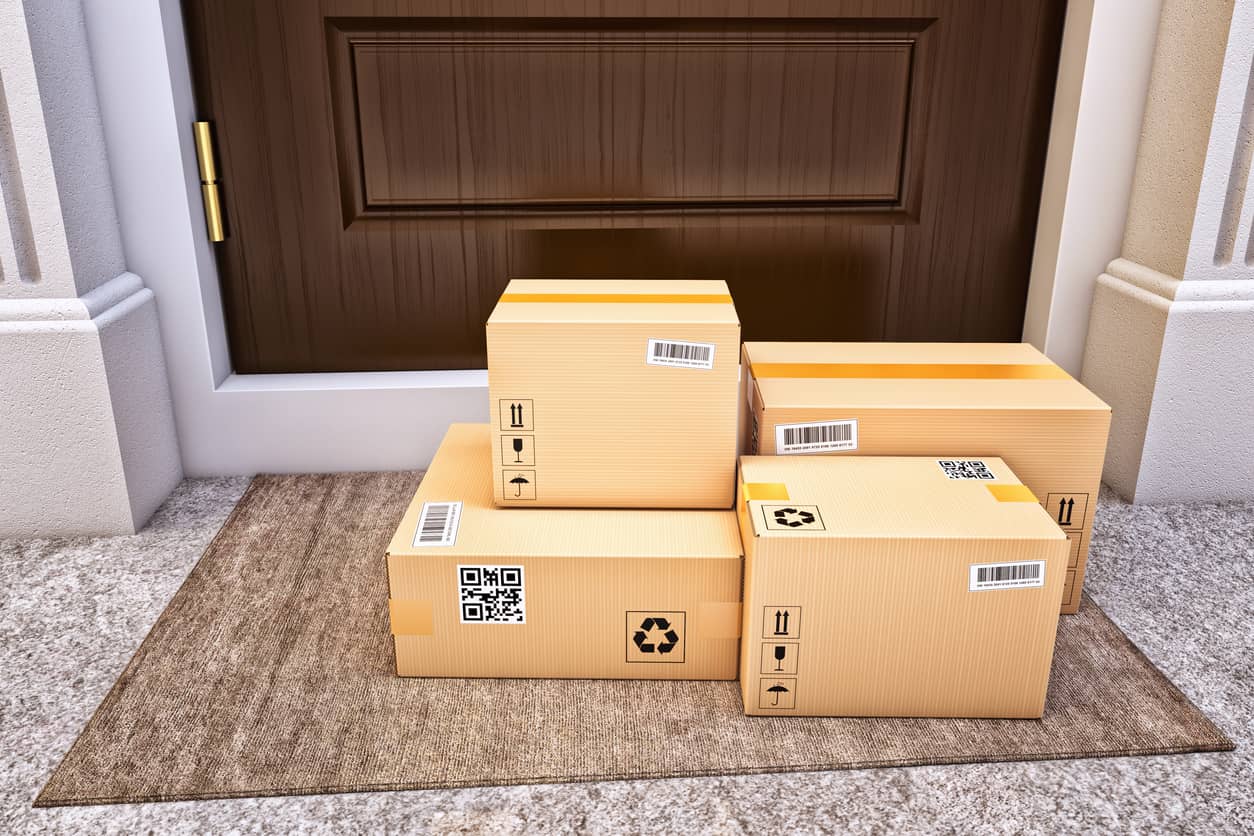Facebook and Instagram eCommerce ads create tremendous opportunity for selling products online. With the ability to target specific consumers based on behavior, eCommerce sellers can effectively market their products. Results though will depend on more than just reaching the right market. You’ll need creative and engaging content and a quality product to keep the word spreading. Business owners must understand Facebook and eCommerce ads should they choose to manage them. For the best results though, it can be a smart investment to hire a trusted professional. As a business owner you should keep your time open for operations that can only be done by you, such as obtaining financing to stock products. As you enter the Facebook and Instagram space, you should prepare for an increase in sales, which may call for financing. Read on as we explore Facebook and Instagram ad optimization and inventory financing.
How effective are Facebook & Instagram Ads in generating sales?
Facebook ads ecommerce and Instagram ads ecommerce can help you boost sales. The return you see will vary depending on your ad-creation skills and reach, but over time, you will learn what’s working and what isn’t, and your ads should be more effective. Facebook ads have one of the highest average conversion rates of 9.21%. Instagram is far behind with an average conversion rate of 1.08%.Facebook’s high conversion rate has been attributed to its advanced targeting capabilities. Keep in mind there are more ways to generate sales through social media aside from paid advertising. Taking advantage of influencers can help spread the word about your product, and may even be more cost effective.
Can Instagram and Facebook Ads increase your business Commerce Sales?
Yes, Instagram and Facebook can increase your business eCommerce sales. Instagram has over 2 billion active users with 200 million people visiting at least one business daily. Facebook has close to 3 billion active users and has become a favorite with marketers.
However, it’s important to use the right strategies to ensure your business makes a return off the ads you are posting.
Tips to using Facebook & Instagram to generate eCommerce purchases
So what strategies should you be using to ensure your Facebook ads ecommerce and Instagram ads ecommerce help your business grow? Here are a few tips.
#1. Choose the right ad format.
Instagram and Facebook offer a variety of ad formats. Here are some examples:
- Photo Ads: A simple photo and some text can be an effective way to get your story across.
- Video Ads: Video is a favorite digital marketing tool as it’s eye catching and offers audio and visual elements to offer demonstrations and product stories.
- Stories: Stories will stay up for just 24 hours so people will want to view them while they are visible. This creates a sense of urgency. Typically, users viewing stories are passing time, which means when they aimlessly stumble across something they now think they need, they may even have time to order right away.
- Messenger Ads: Messenger ads are sent directly to customers, so they are difficult to ignore.
- Carousel Ads: Carousel ads feature images that can be swiped to the side for an interactive effect. Each image can include a link. The format is ideal for telling a story.
- Slide Show: Slide shows are similar to video, but they are posted in slides that move from one to the next. They can include sound and text. They are effective in sending a brand message and offer an easy, lightweight aesthetic.
- Collection: This format shows a collection of ads. Users can tap on one to learn about a specific product.
The type of ad you choose will depend on what’s best suited for your company and the product and service you are offering. You may want to try various ads to find out which is the most effective.
#2. Ensure you have strong calls to action.
A call to action tells the consumer the purpose of your ad and what you want them to do after reading your ad. For example, you may want them to buy your product, check out your website, subscribe to your newsletter, etc. The message should be clearly stated in the CTA.
The CTA is typically included at the end of the ad text although it may appear in other areas of the ad. For best results, highlight your CTA as a brightly colored button that includes a link that takes the consumer where you want them to go.
#3. Utilize user generated content (if available).
Reviews and testimonials are common examples of user generated content. It’s an effective marketing tool as it helps consumers build trust in your brand. When consumers see that past customers had a good experience with your brand, they will be more likely to convert.
There are several ways to integrate user generated content in your Facebook and Instagram ads. For instance, you can simply include the text of a testimonial. Or you could post a video of someone praising your company.
You can also take a more interactive approach by having users post pictures of themselves using your product. You will get more people involved if you use a contest format and offer a prize for their content.
#4. Split test your ad groups and campaigns.
Split testing involves trying different ads to see which is more effective. You can alter the content of your ads to determine which strategies are working and which are not. You can play around with text, images, and ad formats to see which are getting the most interactions and bringing in the most conversions.
#5. Invest in Analytics tools to measure results.
Analytics tools will tell you how many people viewed your ads, how many clicked through, and how many converted. They will even further break it down so you can determine what demographic groups are responding to your ad.
Facebook and Instagram offer analytic tools through their business suite. And if you want to get more specifics, you may want to try their Creator Studio option.
There are also several third-party analytic tools that can be used with Facebook and Instagram such as SocialInsider, AgoraPulse, Buffer and more. Shop around to see which is best suited to your needs.
#6. Ensure you are promoting products where you have enough inventory in stock.
If you’re promoting products, you must ensure you have enough inventory to meet the demand. If a consumer orders a product you are advertising only to find out it is out of stock, it will make you look bad. They may go to another company for that item never to return.
Count your inventory before promoting a product so you are confident you will be able to fulfill orders. If you are fighting cash flow challenges and it’s impacting your ability to stock enough inventory it may be time to consider inventory funding. By obtaining funding for inventory you can free more cash flow to invest in growth areas such as marketing while making sure you never miss a sale. For affordable and fast inventory funding, count on Kickfurther.
#7. Utilize influencers.
Influencers are very powerful when it comes to boosting sales. Not every company will be able to pay a big-name celebrity to post about their products, but there are plenty of micro-influencers on social media with large followings who will be happy to promote your products in return for free samples, discounts, and payments.
Are Facebook Ads & Instagram Ads worth it?
Facebook ads and Instagram ads are worth it as they are proven to produce a high ROI. To make your efforts and investment worthwhile, be sure to create unique content and connect with users. Develop an effective strategy and stay in front of consumers on a regular basis. Connect with them through messages and values. Keep in mind that staying in front of consumers does not always mean selling them something, it could simply be connecting with them which could convert into future sale(s).
That being said, no business can really afford not to be on these social media channels. And with so many options to advertise for free, you are bound to make some headway.
Closing thoughts
Social media platforms such as Facebook and Instagram create tremendous opportunity for eCommerce sellers. While the strategy behind a successful marketing plan via Facebook and Instagram will be significantly different from traditional avenues, they can produce a healthy ROI. Be creative. Differentiate your brand. Try new things. Consumers want to connect with brands and people, hence why they are on social media. If you can gain a following and interest and you have a quality product, it’s only a matter of time before sales follow.
As you anticipate an increase in sales, you may want to start considering how to fund more inventory. As an eCommerce seller you may know there are difficulties with finding inventory funding. Founder of Kickfurther, Sean De Clercq, battled these challenges in search of funding for one of his startups. As a true entrepreneur, he put his frustrations to good use and created Kicfurther.
Kickfurther is the world’s first online inventory funding platform that enables small businesses to access funds that they are unable to acquire through traditional sources. For companies that sell physical products or non-perishable consumables and have revenue between $150k to $15mm over the last 12 months, Kickfurther can help. We connect brands to a community of backers who help fund inventory on consignment and give brands flexibility to pay that back as they receive cash from sales.
Kickfurther can help startups and small businesses fund millions of dollars of inventory at costs up to 30% lower cost than the competition. With more than $100 million in inventory funded to date, Kickfurther can help you get funded within a day or even minutes to hours.
Interested in getting funded at Kickfurther? Here are 3 easy steps to get started:
#1. Create a free business account
#2. Complete the online application
#3. Review a potential deal with one of our account reps & get funded in minutes
Learn more about eCommerce Inventory Financing from Kickfurther.









